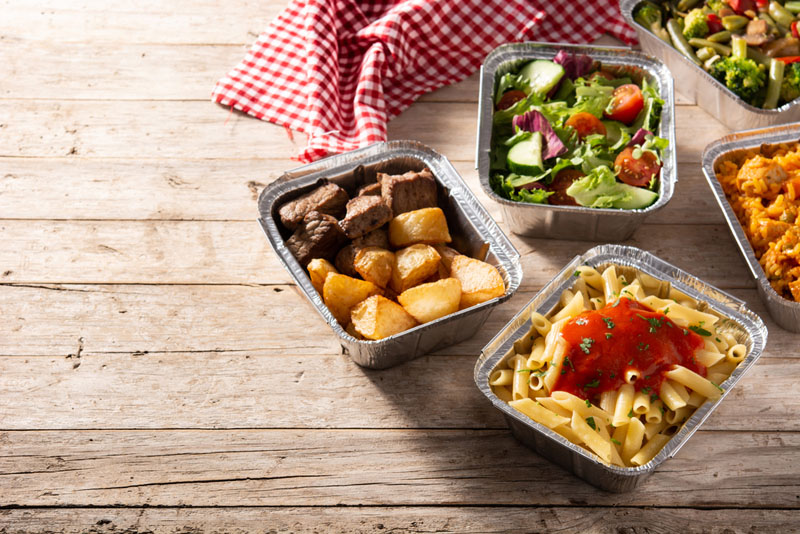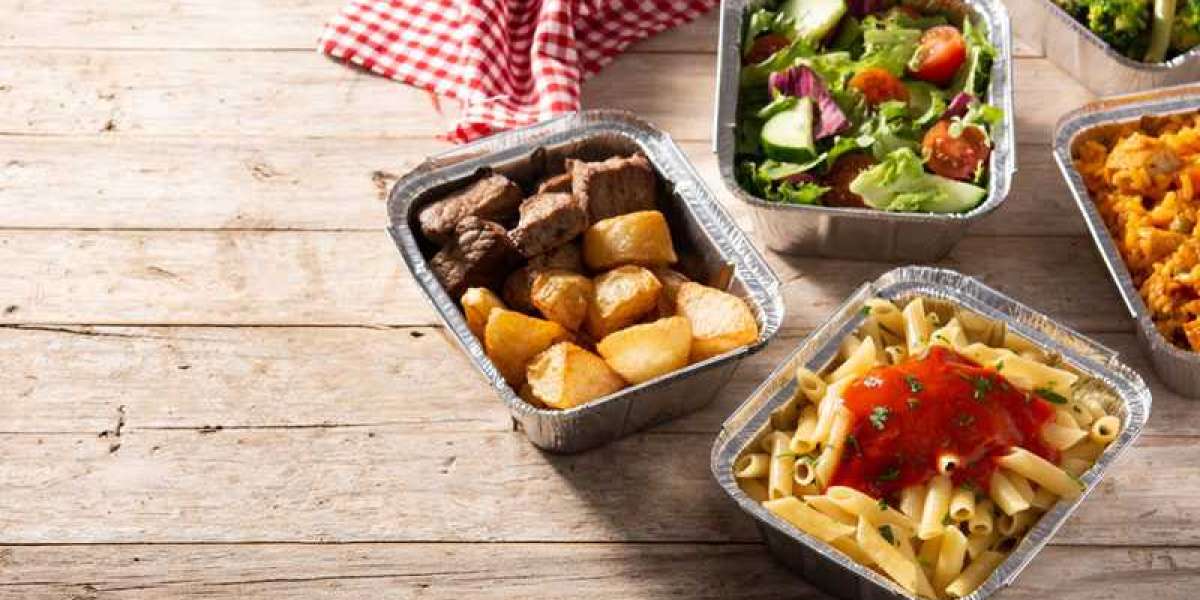Understanding Performance of Aluminum Coil and Plastic Containers in Microwave Heating
We are regularly asked about using food storage containers in the microwave for reheating meals. Frozen or chilled pre-packed meals can often be conveniently reheated in the microwave. However, it is important to understand how different materials perform and interact with microwave radiation for safe use. In this article, we will explore the benefits and risks of using aluminum coil containers and plastic containers in the microwave.

Risks of Aluminum Coil Containers in Microwaves
Microwave ovens work by producing radio waves that excite water molecules in food, generating heat. Metals within the microwave reflect these radio waves differently than other materials. Aluminum coil containers in particular can act as a Faraday cage, shielding the interior from overheating while allowing some wave penetration. However, materials must be chosen carefully to avoid hazards.
While aluminum coil containers offer advantages like consistent heating and recyclability, safety should always be the top priority. Only containers labeled microwave-safe should be used. Plastic containers are generally more suitable as they do not interact with microwaves in potentially dangerous ways.
The primary benefits of aluminum coil containers include their lightweight and versatile formability into various shapes and sizes. As an excellent conductor of heat, food within an aluminum coil container can be evenly heated without hot or cold spots. Their barrier properties also help keep food fresher longer. Aluminum is fully recyclable using just 5% of the energy required for primary production, offering environmental advantages. However, special precautions must be followed for microwave use.
In summary, the choice between aluminum coil containers and plastics for microwave food reheating requires weighing performance, safety and environmental factors. Decisions can be informed by considering various material attributes including those discussed at length when comparing aluminum foil containers to plastic containers for aluminum coil storage and other applications.
The risks include potential arcing from damaged or bent Aluminum coil container edges interacting with microwave fields, which can cause dangerous sparks and fires. Long term ingestion of any leached aluminum is also still debated. For reheating, plastics avoid these safety issues.
Choosing between aluminum coil storage and plastics requires weighing performance, safety and environmental factors. Plastics avoid risks of metal in microwaves, but decisions are informed by considering attributes discussed at length when comparing aluminum foil containers to plastic containers for aluminum coil storage.








